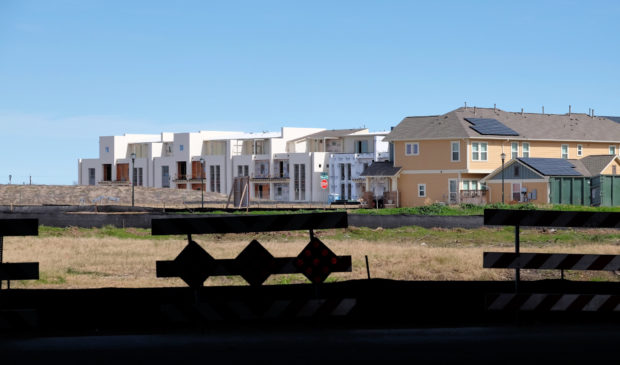Affordability calculator helps to demystify financing realities for low-income units
Monday, January 30, 2023 by
Chad Swiatecki The complicated math involved in planning and financing affordable housing projects in Austin has become a little easier, thanks to a first-ever affordability calculator intended to help political leaders and housing advocates better research how developments are assembled.
The calculator, which is free and available here, was created in a partnership between education nonprofit HousingWorks Austin and Urban Land Institute Austin. Using basic inputs in an online spreadsheet, it allows users to adjust variables such as number of units, affordability levels and subsidy amounts to determine how feasible a project is based on real estate trends in the ZIP code where it is located.
Long discussed as a potentially helpful tool for making affordable housing projects more financially transparent, the calculator was created by former HousingWorks intern Aodhan Hemeon-McMahon while he was finishing his master’s degrees at the University of Texas before taking a job as a planner in Buda.
Nora Linares-Moeller, executive director of HousingWorks, said the calculator is meant to serve as an introductory step for those looking to get more involved in policy and discussions around affordability in Austin.
“We’ve been talking about how difficult it is for people to really understand the financing and how complex affordable housing development is and we’d heard from different people that it’s so complex, nobody will ever understand it,” she said. “We like the idea of publishing something as an educational tool that’s not really designed to have a developer say, here’s how I can set up my program. It’s for people to try to understand sort of how it all works.”
The calculator uses publicly available data such as Travis Central Appraisal District information on property values to establish its baselines, though Woody Rogers, research manager for HousingWorks Austin, said it can’t yet account for discrete conditions and timetables that can often be attached to subsidies for affordable housing.
“Those come with a variety of different requirements, different approval processes, different levels of funding that you get based on what kind of subsidy you’re talking about, what kind of program you’re in. It’s really good to let people try and better understand how much work and how much money is needed to make affordable housing units, especially those at the very low income level because there’s a lot of times where we want more affordable housing units, but it’s really hard without a lot of (subsidy) money in a lot of cases.”
While the organizations were finalizing and testing the tool, ULI member groups such as affordable housing developer Structure Development helped to evaluate how accurate its results were using data for projects the company had already completed or was in the process of creating.
Sarah Andre, CEO of Structure, said she hopes political leaders and others pushing for more affordable units throughout the city can use the calculator to become more involved in the process and make more informed decisions about how projects are financed based on different affordability levels and number of units.
“The people I hope who use it are advocates for affordable housing, and I hope that they use it before they advocate that a particular development is before (City) Council … before they advocate for units at certain incomes, I hope that they will play with it and figure out what is a realistic,” she said. “I can definitely see from an advocacy perspective or a layperson perspective the view that those developers are just greedy, and all they talk about is money. But then once you start doing the math, you can see how that does impact the development, how land costs impact the development, and how zoning and the number of units where you’re limited impacts the development.”
Photo made available through a Creative Commons license.
The Austin Monitor’s work is made possible by donations from the community. Though our reporting covers donors from time to time, we are careful to keep business and editorial efforts separate while maintaining transparency. A complete list of donors is available here, and our code of ethics is explained here.
You're a community leader
And we’re honored you look to us for serious, in-depth news. You know a strong community needs local and dedicated watchdog reporting. We’re here for you and that won’t change. Now will you take the powerful next step and support our nonprofit news organization?










